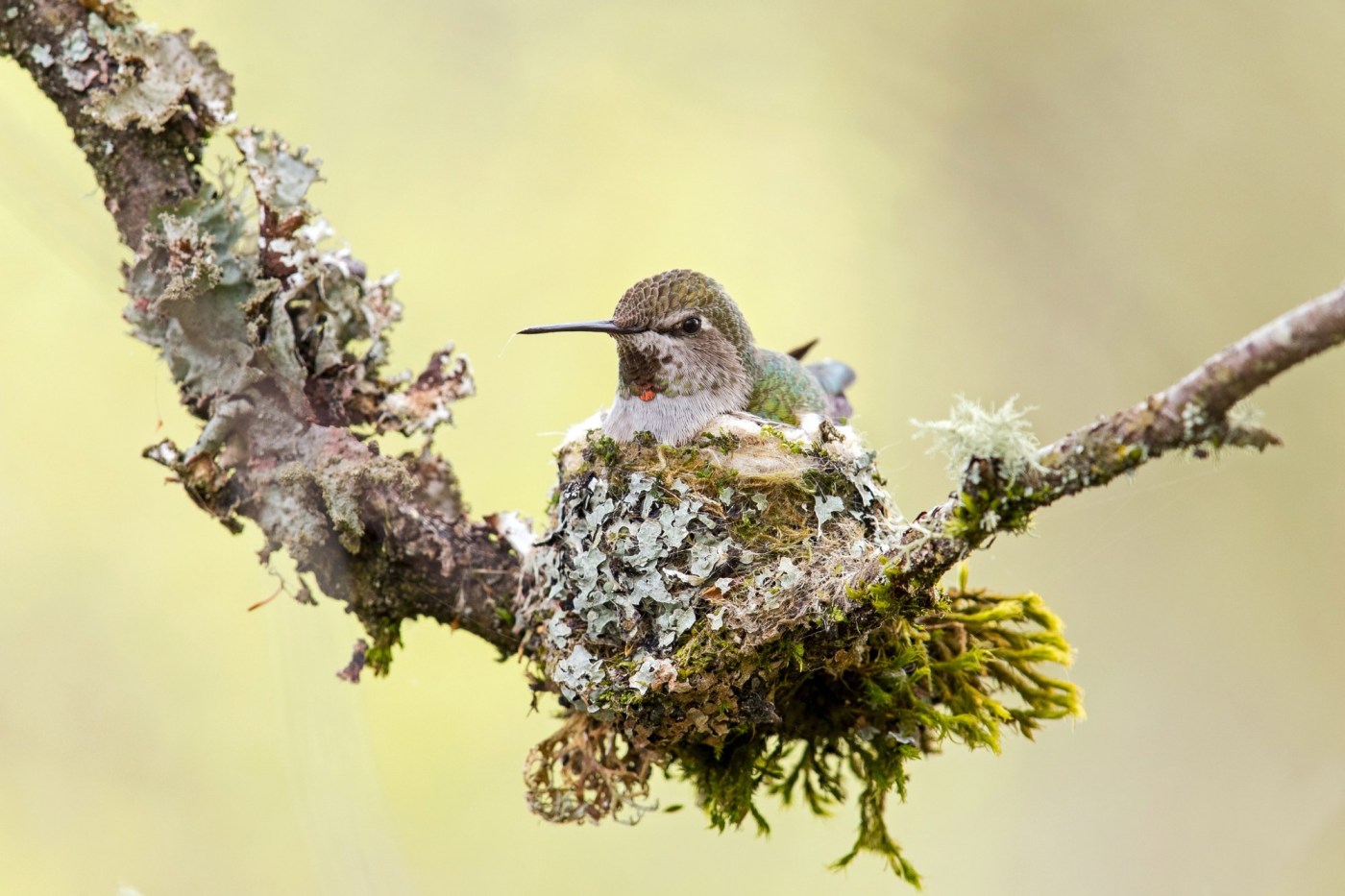Californians have something special to celebrate at this time of year, something that most of the country doesn’t have — we have hummingbirds all year round. If you were in, say, New York, hummingbirds would be something like an April-to-October phenomenon. If you were in Europe, Africa, Asia or Australia, you would never see one at all. But here in California, you can see plentiful Anna’s hummingbirds at any time of year. January is a time of significant activity and easily overlooked drama, a time of courtship, nesting and migration.
Related Articles
Wanna get up close with a killer whale in the wild? We did and it was a rare experience
Wildfire smoke is likely poisoning killer whales, study finds
Why does a Los Gatos dog repeatedly scratch at his bed?
Does California need a state crustacean? Healdsburg Assembly member authors bill to urge Dungeness crabs
Orcas spotted hunting gray whale, dolphins off California coast — seventh sighting since December
First of all, it’s valuable to recognize that there are simply a lot of hummingbirds here, even in the depths of winter. While many people have that eastern notion that hummingbirds will leave in winter, sometimes to the point of asking me if they should take down their hummingbird feeders in winter, this is not at all the case for the Bay Area. Anna’s hummingbirds — our overwhelmingly dominant species at any time of year, green-backed and gray-chested with iridescent magenta helmets for the males — are abundant at any time of year. Activity at feeders is probably highest overall in winter, with the loss of our small number of migratory hummingbirds outweighed by the relative scarcity of natural flowers and insects, which encourages birds to visit our feeders.
A few more words about feeders, a subject which often garners some questions. First, as noted above, you don’t need to take them down in winter: Hummingbirds will visit all year round, and even migratory species benefit from having that food source from which to fuel up before or during their journey. Hummingbirds do not become dependent or “forget” to migrate. Second, the proper formula for hummingbird nectar is four parts water to one part sugar, a recipe which approximates the nectar they would find in flowers. You do not need to boil the water (though using warm water will help the sugar dissolve easily) and you should not add any red dye, food coloring or alternative sweeteners. Third, if you have struggled with a leaky feeder, switch from the traditional “upside-down bottle” style to a “flying saucer” design, which avoids all perilous fighting against gravity and naturally protects your sweet stuff from insects.
Back to the birds themselves. The more specifically exciting news about Anna’s hummingbirds in January is their ongoing nesting season, which begins earlier than almost any other local birds. (Given that many Anna’s hummingbirds have second broods, you could find nesting hummingbirds any time from now through August.) The first stage of the nesting season involves males singing a rambling jumble of squeaks, crackles and pops while turning their shiny heads back and forth to catch the females’ eyes, as well as unique display flights that are one of the most stunning feats of any of our backyard birds.
Allen’s hummingbirds are some of our earliest spring migrants, appearing in January. (Photo by Becky Matsubara)
The way these courtship displays work is this: a male bird hovers in mid-air, surveying his territory or a female perched down below. Then he rises, as if drawn up swiftly on a cable reaching some hundred feet above the ground. At the apex of this preparatory flight, he seems to draw himself back with a final twist of propulsive power, like a baseball pitcher winding up, before hurling himself at the ground at tremendous speed, pulling out of the dive at the last moment with a loud “pop!” Anna’s hummingbirds have been recorded at 60 miles per hour in these dives, the fastest speed relative to body length recorded among in any animal. They experience about 10 g of force. Human pilots go unconscious around 5 g. This is happening in your neighborhood today.
One last, even more easily overlooked, bit of hummingbird news — January is when the migrant hummingbirds start returning from the south, a few months earlier than the majority of migratory birds. Allen’s hummingbirds are first, diminutive little birds with rusty red on their flanks and green backs. Next month, their close cousins the rufous hummingbirds will follow, diminutive little birds with rusty red on their flanks and reddish backs. Keep an eye on your feeders as these earliest arrivals of the spring make their appearance: amid California’s constant swarm of Anna’s hummingbirds, yet more abundance is arriving.
Jack Gedney’s On the Wing runs every other Monday. He is a co-owner of Wild Birds Unlimited in Novato and author of “The Private Lives of Public Birds.” You can reach him at [email protected].













+ There are no comments
Add yours